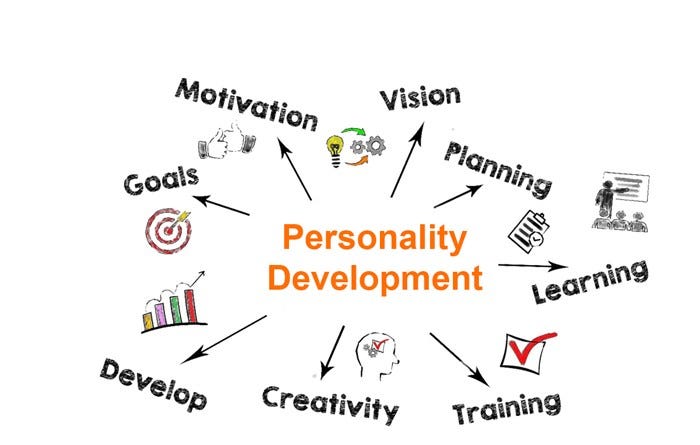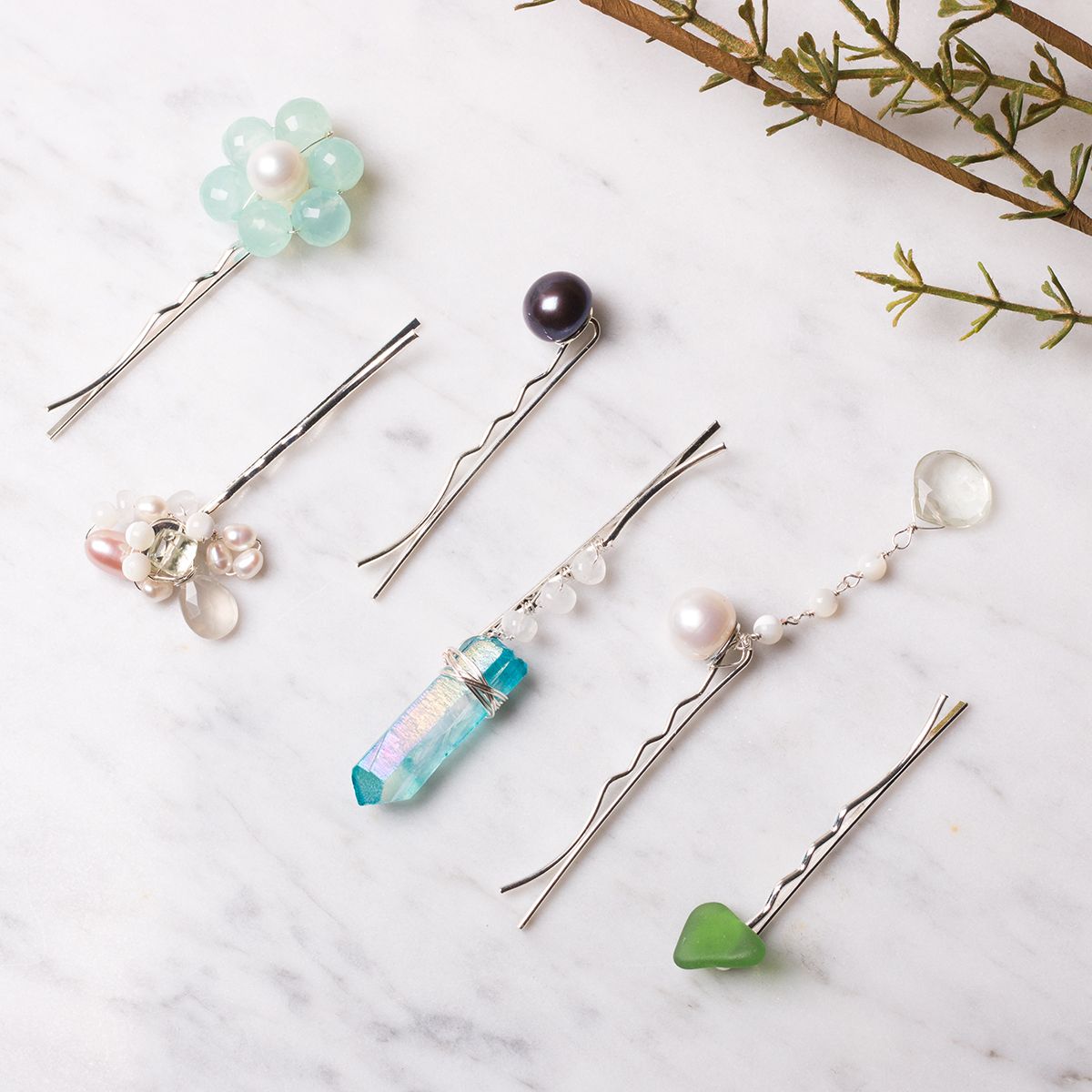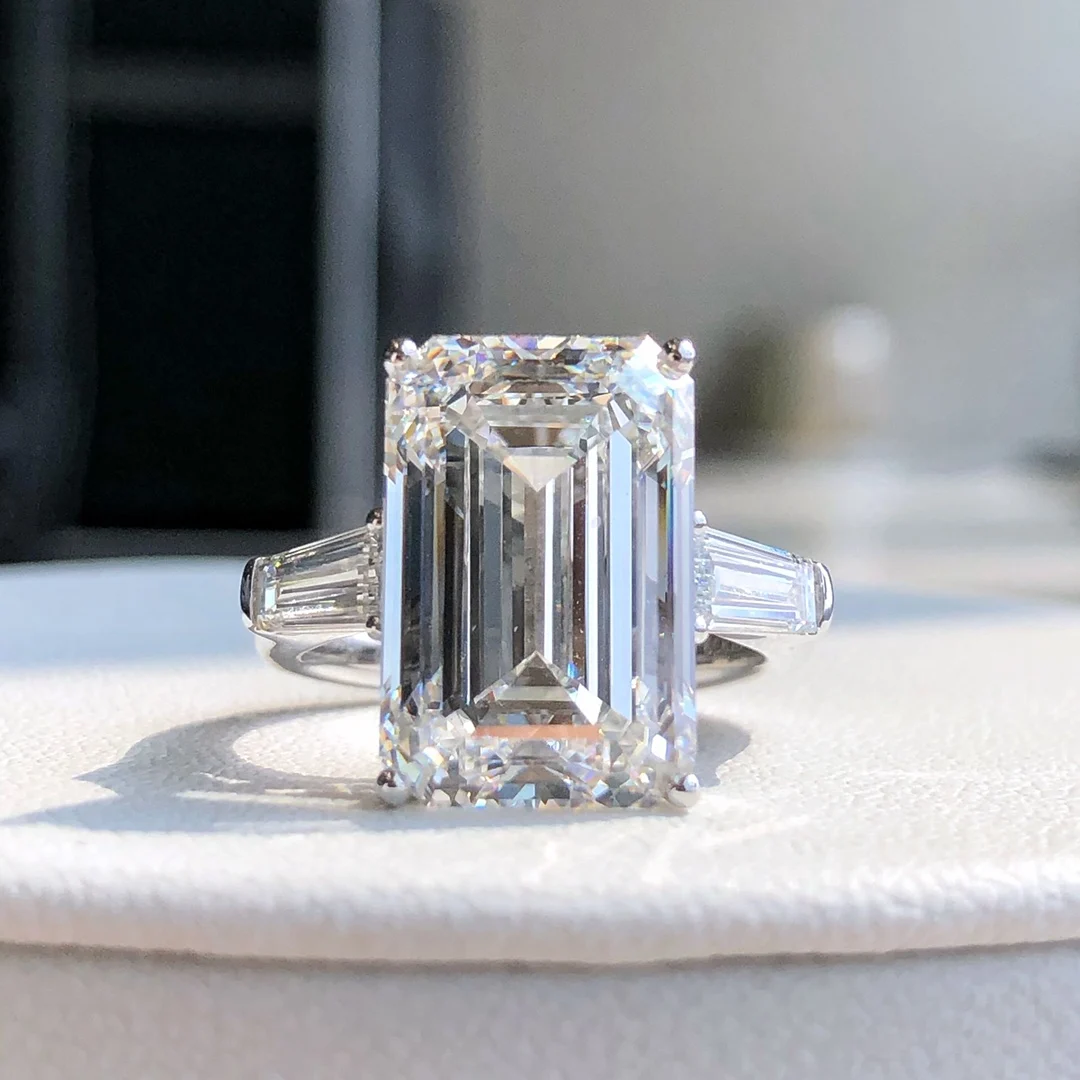
Types of Hair Accessories: Explore various types such as hair clips, headbands, hair ties, hairpins, barrettes, scrunchies, and hair combs. Each type serves different purposes and fits various hair textures and styles.
Making Hair Accessories: Techniques include sewing, gluing, knitting, crocheting, and wire wrapping. Materials like fabric, beads, feathers, metals, and plastics are commonly used. Tutorials on platforms like YouTube and crafting blogs can provide step-by-step instructions.
Personality Development: Hair accessories can reflect personal style, creativity, and cultural influences. They often contribute to self-expression and can enhance confidence and individuality.
Care and Maintenance: Depending on materials, care varies. Fabric accessories may need gentle washing, while metal or beaded ones might require polishing or careful handling to avoid damage.
Good Sides: Hair accessories offer versatility in styling, from casual to formal looks. They can complement outfits and hairstyles, making them popular for fashion-forward individuals.
Bad Sides: Some accessories may cause discomfort or hair damage if worn improperly or for extended periods. Poorly made accessories might break easily or cause irritation.
Fashion and Design: Trends include minimalist designs, floral patterns, vintage-inspired pieces, and bold, statement-making accessories. Customization options allow for unique designs tailored to personal preferences.
Trending and Market: Current trends include eco-friendly materials, sustainable practices, and unique handmade pieces. Influencers and celebrities often set trends by showcasing new styles on social media.
Customer Preferences: Preferences vary widely based on age, occasion, and cultural background. Younger demographics may prefer vibrant colors and playful designs, while older demographics might lean towards classic styles or subtle embellishments.
Material Choices: Consider eco-friendly options like organic cotton, bamboo, or recycled materials. For luxury items, materials like silk, satin, or Swarovski crystals might be preferred.
Pattern Cutting: Precision is crucial for intricate designs. Templates and patterns help ensure consistent results, especially for complex or repeated designs.
Marketing Strategies: Utilize social media platforms, online marketplaces, and local craft fairs to reach diverse audiences. Highlighting craftsmanship, durability, and unique features can attract discerning customers.
By focusing on these points, you can develop a comprehensive understanding of hair accessories, from crafting techniques to market trends and customer preferences.




